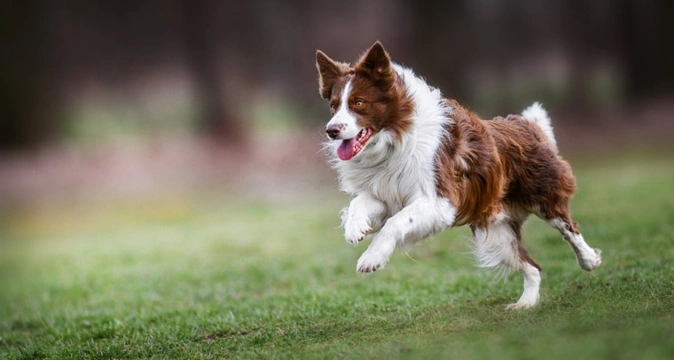
Keeping your dog fit and lean during social distancing for coronavirus
The UK’s social distancing measures that came into place on 23rd March 2020 mean that we all need to stay at home other than when this cannot be avoided; and we are of course permitted to undertake one form of exercise a day, which for dog owners, will involve walking the dog.
However, for many of us, one walk a day means our dogs getting less exercise than they ideally need and are used to, and this can be a problem for a number of reasons. A dog that is fit and active suddenly having their regular walks curtailed is apt to be a real handful, and of course, is also apt to pile on the pounds too.
This is a dilemma that us humans are facing too; limited ability to exercise and little to do but sit around snacking! It is up to each of us to take steps to keep fit and try to avoid the urge to let things slide whilst normal service is suspended; but for dog owners, we need to think about how to manage this for our dogs as well.
As we’re only in the early stages of restrictions that look set to continue in some shape or form for many weeks or even months to come, it is important to start as you mean to go on, and avoid your dog creeping up in weight from the get-go. If your dog is already a little on the tubby side, working hard to ensure this doesn’t worsen and if possible, reversing the trend is something to look at now rather than later.
With this in mind, this article will share tips and advice on keeping your dog fit and lean during social distancing for coronavirus, and how to stop your dog gaining weight during stay at home measures. Read on to learn more.
Weigh your dog
First up, to keep your dog fit during social distancing you need to know what you’re dealing with. Start off by weighing them and making a note of this as your baseline to refer back to later.
If you have problems weighing your dog and they’re small enough to allow this, lift them and stand on the scale with them; note the weight, then put them down and stand on the scale yourself alone, and deduct your own weight from the combined total you got holding your dog.
Assess your dog objectively
Look at your dog’s build objectively; their weight helps you measure change, but their build guides you as to what is the right sort of shape for them. Even two dogs of the same breed can differ in size and build, and so there’s no arbitrary flat figure of weight that is right for all dogs of the same breed.
Assess and alter your dog’s food intake
Think about how much exercise you’re able to give your dog now compared to what they’re used to, based on how things have gone so far in terms of social distancing restrictions. Unless your dog is still managing to get exactly the same amount of exercise as they were before, you will need to cut their food intake accordingly; and during this transition, weigh your dog once a week to see how your changes match up and if you’re accurately assessing your dog’s new requirements.
Measure out the treats
Most dogs are given treats each day, and it is good practice to measure these out so you can cut their main food intake accordingly. This is more important than ever now when most dogs are getting less exercise, and because being in and at a loose end with them most of the day often leads to a propensity to give them more than normal rather than less if you aren’t consciously thinking about this!
Make their walk a meaningful one
When it comes to the walks your dog does get – once a day or more if you have more than one person to walk them – make that walk a meaningful one. Remember that when this will be your dog’s only real opportunity to get out and stretch their legs you shouldn’t scrimp on it, or rush home; ensure you observe good social distancing practice, and within the remit of this, try to get your dog burning off as much energy as possible.
Get your dog burning off more calories on their walk
Even though your dog is limited to potentially one walk and there is naturally a limit to how far you can walk in one go or for how long, there are lots of ways to maximise the calories your dog does burn off on their walk.
Get them covering as much distance as possible by throwing toys for them or letting them range freely in safe enclosed places, and engage with them to keep their energy up rather than letting them dawdle along.
Exercise and play at home
Finally, a garden isn’t a substitute for walks but it can help you to provide opportunities for your dog to exercise and play, all of which burns of calories.
Interactive play in fun, high-energy bursts will keep your dog entertained and get their heart rate up, all of which burns off the fat!



